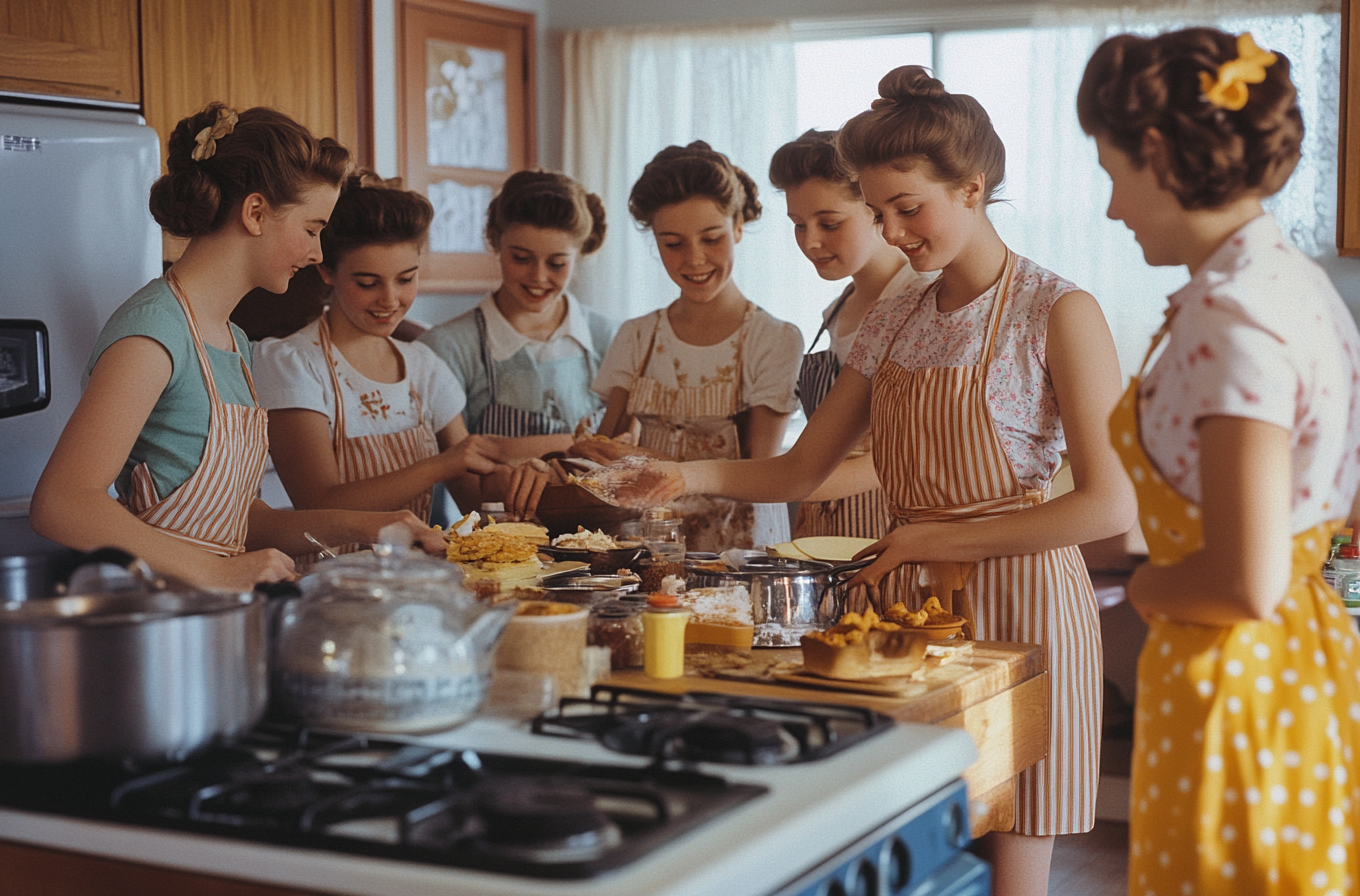In today’s rapidly evolving world, the traditional education system often emphasizes academic achievements over practical life skills. This imbalance leaves many students ill-prepared for the challenges of independent living. Reviving and modernizing home economics—now often referred to as family and consumer sciences—can bridge this critical gap, equipping students with essential tools for adulthood.
The Growing Need for Practical Education
Recent data indicates that of the 3.1 million U.S. high school graduates in 2020, nearly 63% pursued higher education. However, many of these students faced their first taste of independence without basic survival skills. The transition from home to dorm life presents challenges that no amount of calculus or literature analysis can solve.
A survey revealed that less than half of high school graduates feel equipped for life beyond school. Graduates expressed a desire for more focus on real-world skills, including financial literacy, mental health support, and job readiness during their high school education. This sentiment underscores the pressing need for curricula that prepare students for real-life responsibilities.
Beyond Traditional Gender Roles
Historically, home economics was perceived as a course for female students, focusing on domestic tasks. However, modern life skills education transcends outdated gender roles, recognizing that all individuals, regardless of gender, benefit from practical knowledge. Today’s curriculum reflects contemporary society, where household management and financial responsibilities are shared duties.
Educators like Val McCamish, a family and consumer sciences teacher at Muleshoe High School, emphasize the importance of teaching life skills such as cooking, sewing, and employment readiness. McCamish notes that these skills prepare students for life beyond graduation, fostering independence and responsibility.
Essential Life Skills for Modern Living
A revitalized home economics program could encompass a wide range of topics, including:
-
Nutritional Cooking and Meal Planning: Teaching students how to prepare healthy meals on a budget promotes better health and financial savings.
-
Financial Literacy: Understanding budgeting, taxes, and financial planning is crucial for managing personal finances effectively.
-
Basic Home and Car Maintenance: Equipping students with the knowledge to perform simple repairs can save money and increase self-sufficiency.
-
First Aid and Emergency Response: Basic medical knowledge empowers students to handle emergencies confidently.
-
Time and Resource Management: Prioritizing tasks and managing resources efficiently are skills that benefit both personal and professional life.
-
Sustainable Living Practices: Educating students on eco-friendly habits fosters environmental responsibility.
These topics align with the skills identified as essential for success in the 21st century, which include critical thinking, problem-solving, and adaptability.
The Education Gap
Despite the clear value of these skills, many schools prioritize traditional academic subjects over practical education. This focus creates a significant gap in preparing students for independent living. While parents can impart some of these skills at home, various factors—such as demanding work schedules or lack of expertise—may hinder comprehensive instruction.
Victoria Yackle, an agriscience teacher and FFA adviser at Bad Axe Public Schools, has significantly impacted her students by integrating essential life and leadership skills into the curriculum. Yackle encourages students to explore diverse opportunities, highlighting the broad range of career paths available and the importance of being well-prepared for various life scenarios.
Moving Forward: Implementing Modern Home Economics
Reintroducing home economics into school curricula isn’t about reverting to outdated stereotypes; it’s about equipping all students with the tools necessary for independent adult life. In our rapidly changing world, practical life skills are more crucial than ever. Schools have a unique opportunity to blend academic knowledge with essential life skills, fostering more capable and confident adults.
Implementing a modern home economics program involves:
-
Curriculum Development: Designing courses that cover a broad spectrum of life skills relevant to today’s societal demands.
-
Teacher Training: Providing educators with the resources and training needed to effectively teach these subjects.
-
Community Engagement: Involving local businesses and organizations to offer real-world insights and opportunities for students.
-
Policy Support: Advocating for educational policies that recognize the importance of life skills education alongside traditional academics.
By embracing this holistic approach, educational institutions can better prepare students for the multifaceted challenges of adult life.
Conclusion
The necessity for practical life skills education has never been more apparent. As the world continues to evolve, so too should our educational systems. Incorporating comprehensive life skills training into school curricula is not merely beneficial; it’s essential for preparing students to navigate the complexities of modern adulthood successfully.
By reviving and modernizing home economics, we can empower the next generation with the knowledge and confidence to lead independent, fulfilling lives.

